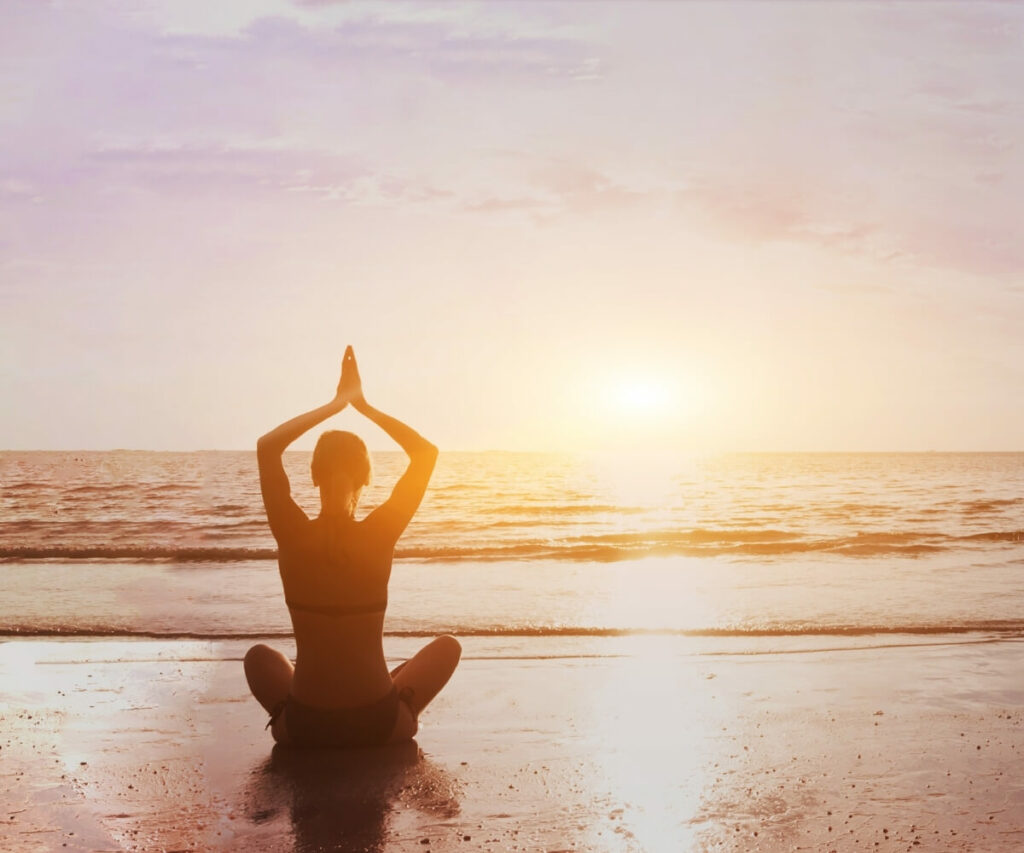Do you find it difficult to concentrate, and your memory seems blurry? Do you have trouble focusing, and your minds start to wander? If the answer is yes, then mindfulness practices are just the right thing to get back on track.
What is mindfulness?
In simple terms, mindfulness means to be fully aware of ourselves and our surroundings or to be merely present in a moment. We are all born with the capability of being mindful, but it gets rusted as we focus on irrelevant things and get overwhelmed with things around us.
With mindfulness, one can alleviate himself from dwelling into the past and anticipation about the future. Mindfulness is a tool that helps us cherish each moment and avoid sources of critics and anxiety from within ourselves and our surroundings.
“Mindfulness is deliberately paying full attention to what is happening around you– in your body, heart, and mind. Mindfulness is awareness without criticism or judgment.” – Jan Chozen Bays
What is the aim of mindfulness?
Mindfulness aims to improve our self-consciousness and develop a positive perspective of our identity. Mindfulness acts as a shield against negative thoughts, anxiety, and helps us relax and find peace.
Mindfulness includes two main elements: consciousness and acceptance. Consciousness is the ability to focus the attention on one’s inner processes and experiences. Acceptance is the capability to observe and accept—rather than criticise or resist streams of thought.
What are the results of mindfulness?
Mindfulness acts as a means of peace and self-awareness. People who practice meditation find it easier to focus on the right part of things, reduce stress, and be more enthusiastic. Mindfulness can help us focus our attention, boost our memory, and observe ourselves so that we practice kindness to others and ourselves.
“Nothing is worth more than this day. You cannot relive yesterday. Tomorrow is still beyond your reach.” – Johann Wolfgang von Goethe
What are the benefits of mindfulness for the brain?
Meditation is a type of exercise that aims to build a connection between the mind and body. Once you control your mind and thoughts, you will naturally become more mindful of your body and its needs. Unlike most physical exercises that require heavy tools, equipment, and supplies; meditation does not require you to spend a lot of money. Instead, meditation is better performed in a safe, healthy, and natural environment.
Meditation and mindfulness can help pave the way for a healthy body and mind. Some of the best-known benefits of mindfulness are mentioned below,
- Decrease stress and anxiety: our daily activities and workaholic lifestyle make us prone to higher stress and anxiety level. Practising mindfulness can help alleviate stress levels and anxiety by giving our brains a break and rebooting. Mindfulness can also help reduce stress by improving emotions, leading to a better mood and better coping with stress.
- Decrease depressive disorders: depression is one of the common symptoms found in the majority of people. Depression can result from an unresolved conflict, childhood trauma, an accident, and anticipation about the fear. Practising mindfulness helps us to cherish the present and control our thinking and block negative thoughts.
- Improved general health: a healthy mind is a necessity for a healthy body. Health is not just related to physical fitness but also encompasses mental and psychological wellness. With a healthy mind, we will be able to focus on better things and be more enthusiastic.
- Boost resilience: Mindfulness offers the resources possible to walk away from strong negative feelings, acknowledge them, and embrace them instead of resisting them and is often included in many therapy sessions.
- Decrease burnout: Mindfulness can serve as a shield for unstable work conditions, boost well-being at work and result in reduced burnout levels for workers in a variety of occupations.
Steps to mindfulness
The first step to mindfulness is self-introspection. If you want to cultivate awareness and reduce all the negative thoughts coming into your mind, first find why these thoughts are surfacing.
Once you know the reason behind these thoughts, acknowledge these thoughts and avoid pushing them down the memory line. If you want to cultivate acceptance, start with your thoughts. Once you understand your thoughts and acknowledge them, you find peace and warmth.
How can meditation help improve mindfulness?
Mindfulness is a type of meditation that is used to calm our mind and focus. You focus on your breathing and your body while allowing your mind to run freely and not concentrate on any-one thought. Our body finds a break from all-day-long churning because of work and thoughts and everything else with meditation.
Meditation helps your body restore the balance, detox your body from all the negativity, rescue stress and anxiety and cleanse your mind.
How to get started?
We can practise meditation without spending lots of money. All you need is dedication and a positive environment. Follow the steps provided below for easy mindfulness practise.
- Find time for meditation every day: mindfulness can’t be achieved by seldom practising once in a while. You should be dedicated to practising it often if not regularly. Fixing a time such as before sunrise or before bedtime can help you be regular as it becomes a part of your schedule.
- Be comfortable: you must be comfortable while meditating because it will help you to limit the distractions.
- Understand that nobody is perfect: everyone starts at square one and develops the habit slowly and progresses with time and practice. It is entirely normal if you cannot find your focus or block your thoughts initially. It takes practice to get over that stage, but the important thing is to be dedicated and keep going.
“Mindfulness meditation should be more than just watching what you are doing. What you really need to watch is your motivation.” – Thubten Zopa Rinpoche
How to practice mindfulness?
- Take a seat: as mentioned earlier, it is imperative to be comfortable while meditating to limit the chances of any distractions.
- Set a time limit: for beginners, it is advised to start with a short period say 5-10 minutes. This helps them to stay focused.
- Notice your body: start with noticing your body, your spine’s position, all the stress points, and try to lose them.
- Focus on your breathing: take deep breaths and with each breath focus on the movement of air coming in and out of your body—the movement of your diaphragm and your chest.
- Notice when your mind starts to wander: you might find yourself getting trapped in the spiral of thoughts after some time. When this happens again, try to focus on your breathing.
- Be kind to yourself: do not judge yourself for not being able to focus and getting lost. The more important thing is to come back and start again.
Conclusion
Practising mindfulness is an excellent exercise for the brain. It helps us reflect on our behaviour and actions, but it also helps us make better decisions.
With mindfulness, we discover ourselves again, our insecurities, pain, suffering- we acknowledge these feelings and move on in life. In a calm mind, you’re going to be able to look at your life differently with a more optimistic and hopeful outlook.
“Compassion and kindness towards oneself are intrinsically woven into mindfulness”





